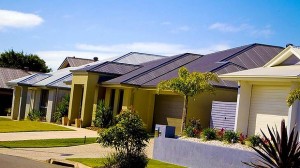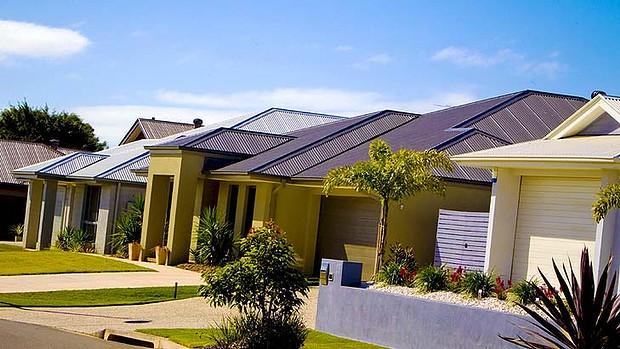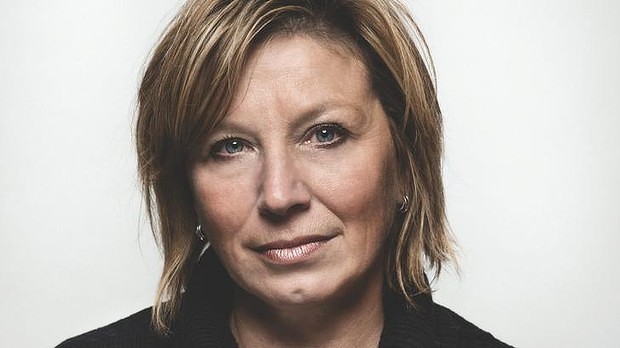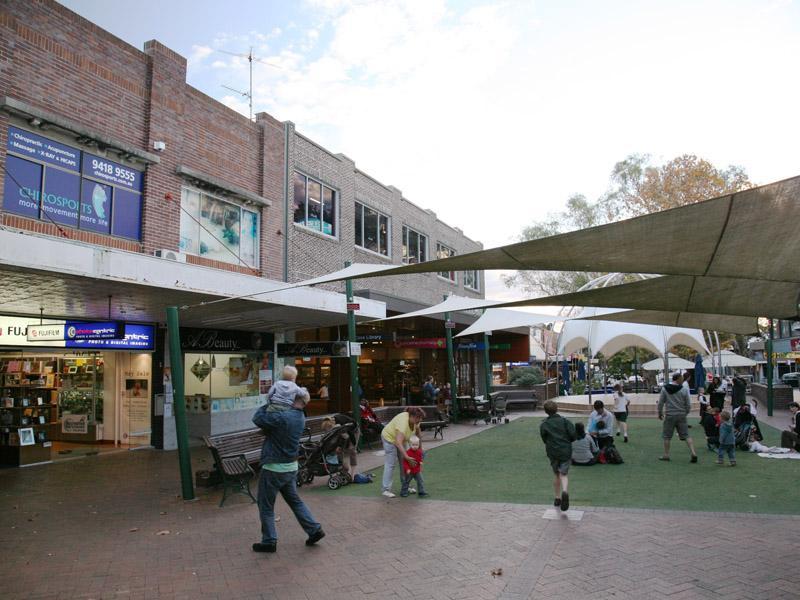Residential renovations rise as housing affordability plummets in Sydney
Steph Nash
The housing bubble of 2012 was a scary time for Sydneysiders: property prices rose to unreachable highs, and drove many first-time home buyers out of the market.
In an attempt to encourage spending in the economy, the Reserve Bank of Australia (RBA) kept interest rates down to 2.5 per cent.
As a result, Sydney’s property prices have soared, causing many financial experts to speculate over the housing bubble’s dreaded return in 2014.
The latest data from property information provider, RP Data, shows that Sydney’s housing prices have increased by about 20 per cent in the last 12 months. With property prices having risen steadily since January, it looks as if the growth is going to continue. Those looking to buy better hold their hats, because those looking to sell will be seeing a tremendous amount of dollar signs.
Chief Economist at the Housing Industrty Association (HIA), Harley Dale, says that those already on the market are in a great position, and should thank the low interest rates for soaring residential prices.
“For those that have a property and have a growing family, who would be wanting to try and move into another home, or downsize… housing affordability is actually close to a record high, and that’s because extemely low interest rates have been offsetting the rising prices we’ve been seeing in Sydney,” Dale says.
Yet, at the other end of the scale, first time buyers are predicted to face a really rough road ahead. The deposit price for market entry has soared significantly, positioning the Australian dream a little out of reach for lower and middle income earners.
“Those who might’ve grown up on the north shore and feel inclined to want to stay living in their local area face the high hurdle of chasing a rising market,” Dale says.
“We do have a very serious affordability issue on our hands.”
The overall decrease in housing affordability will affect some areas of Sydney much worse than others. In the last ten years, prices of residential properties on the north shore have grown at a much quicker rate to most of the state, meaning that most on the market in the area will benefit from the low interest rates. Although the north shore can boast a wealthier demographic than outer-Sydney, we’ve been warned not to get too comfortable, as already expensive prices are expected to increase even higher.
On a lighter note, it seems discouraged buyers may be making the best of a bad situation.
In a movement that can be attributed to overall growth in the economy (or possibly, a nationwide addiction to Channel Nine’s The Block), the rate of residential renovations in NSW is tipped to rise by four per cent by the end of the financial year. This is a great outcome for the state, driving up industry for tradespeople and building material suppliers. According to the HIA, NSW takes the ten-year title as the country’s worst state for renovation rates, and it is only now with Sydney’s rising housing prices, that residents are eager to maximise the value of their properties.
Ku-Ring-Gai council released an electronic development proposal system mid last year, hoping to prevent potential renovators from being discouraged by the idea of a lengthy application. The Electronic Housing Code (EHC) is a gateway of information for anyone thinking about renovating, allowing residents to lodge their interests with no more effort than a click of a button.
Ku-Ring-Gai Mayor, Jennifer Anderson, says that her area has definitely seen a rise in the number of home renovation projects, remarking that, as a wealthier area of Sydney, this should have been expected.
“There has been an increase in building activity,” says Anderson. “There is a strong correlation between property values and the propensity for property improvements. The higher value suburbs generally see more renovation activity both in terms of numbers and their dollar value.”
So what of the housing bubble? It may all be well and good that Sydney residents are investing more in their own homes, but is it all enough to prevent the dreaded return of the bubble?
“I don’t think we’re there yet,” Dale says.
“I think in the 12 months to come we’re going to find that the rate of price growth slowed.”












